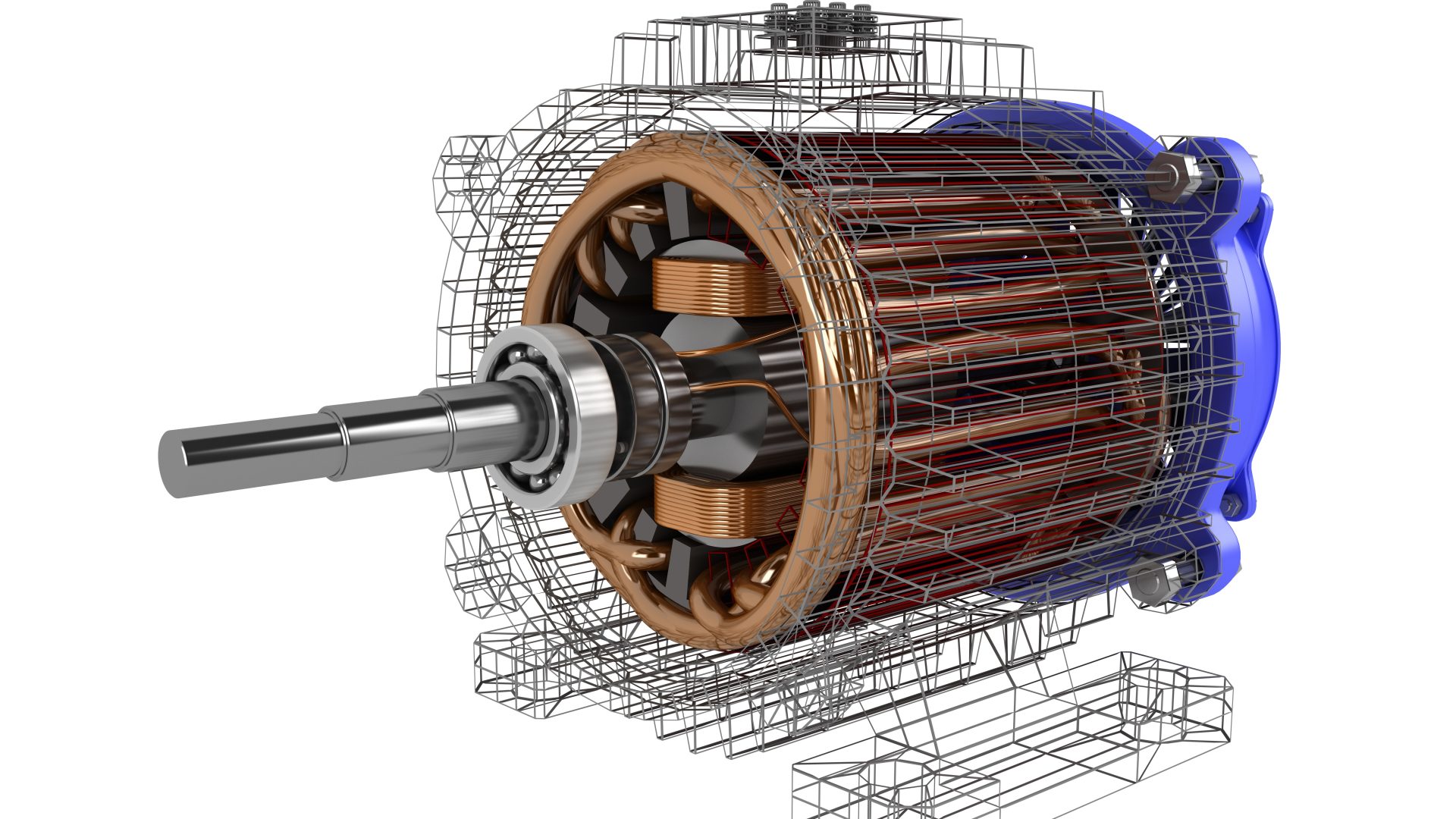The Association of Electrical and Mechanical Trades (AEMT) is working with the British Standards Institute (BSI) and UKRI’s Driving the Electric Revolution Challenge, delivered by Innovate UK, to develop an AI-powered tool to help electromechanical repair specialists ensure they repair hazardous area motors to the correct standard.
The tool, which is being developed with some funding and support from Innovate UK, will enable engineers repairing rotating electrical equipment to clarify technical requirements through an easy-to-operate chatbot-style interface.
Within the BS EN and IEC 60079 series of standards, various technical standards govern, among other things, the repair, overhaul, reclamation, installation, maintenance, and inspection, plus the design, testing and marking of equipment designed for use in explosive atmospheres. Navigating and interpreting this complex range of standards can be time-consuming and open to error. In addition, these standards are reviewed and updated periodically; however, it can be a challenge to ensure the right standard is used in conjunction with the age of the equipment being repaired.
The tool under development by the AEMT and BSI aims to vastly simplify interpreting and complying with these complex standards while reducing the potential for error. Users of the system will be able to ask questions about the repair they are working on and be provided with the technical guidance and information required to ensure compliance and safety. The chat-based interface draws on large language model technology, which allows for further detail or clarification where needed. This is particularly valuable in interpreting a range of cross-referenced documents, where identifying the pertinent parts of various standards is not straightforward.
By understanding the year in which the type of hazardous area equipment was certified, which can be established from the first two digits of the certificate number, the chatbot will be able to establish which version of the relevant standard applies. For example, in the 2000 version of the Ex d standard BS EN 50018, the dimensions relating to flame paths differ from those in the 2004 version, IEC 60079-1. However, where IEC 60079-19, which covers the repair, overhaul, and reclamation of equipment designed for use in explosive atmospheres, is concerned, the chatbot will only give information from the latest version.
This is because repair procedures improve over the different versions released. For example, a go-no-go test, which helps to check for damaged threads, was introduced in the latest edition, 2019, but this is not referenced in the 2015 version of the same standard.
The tool will initially cover ten versions of four different BS EN Hazardous Area standards and is due to be tested by AEMT members and rolled-out from quarter 2, 2024.



